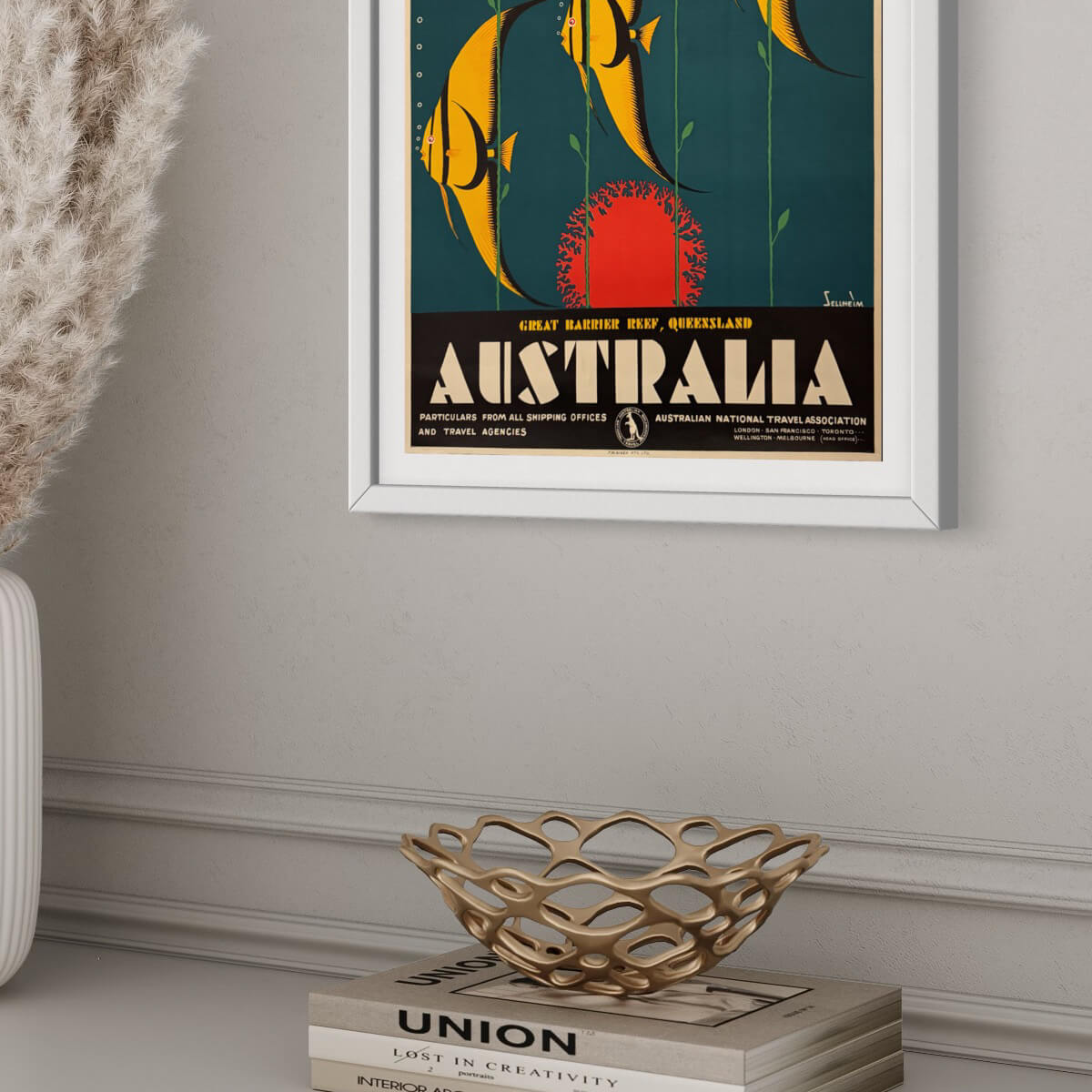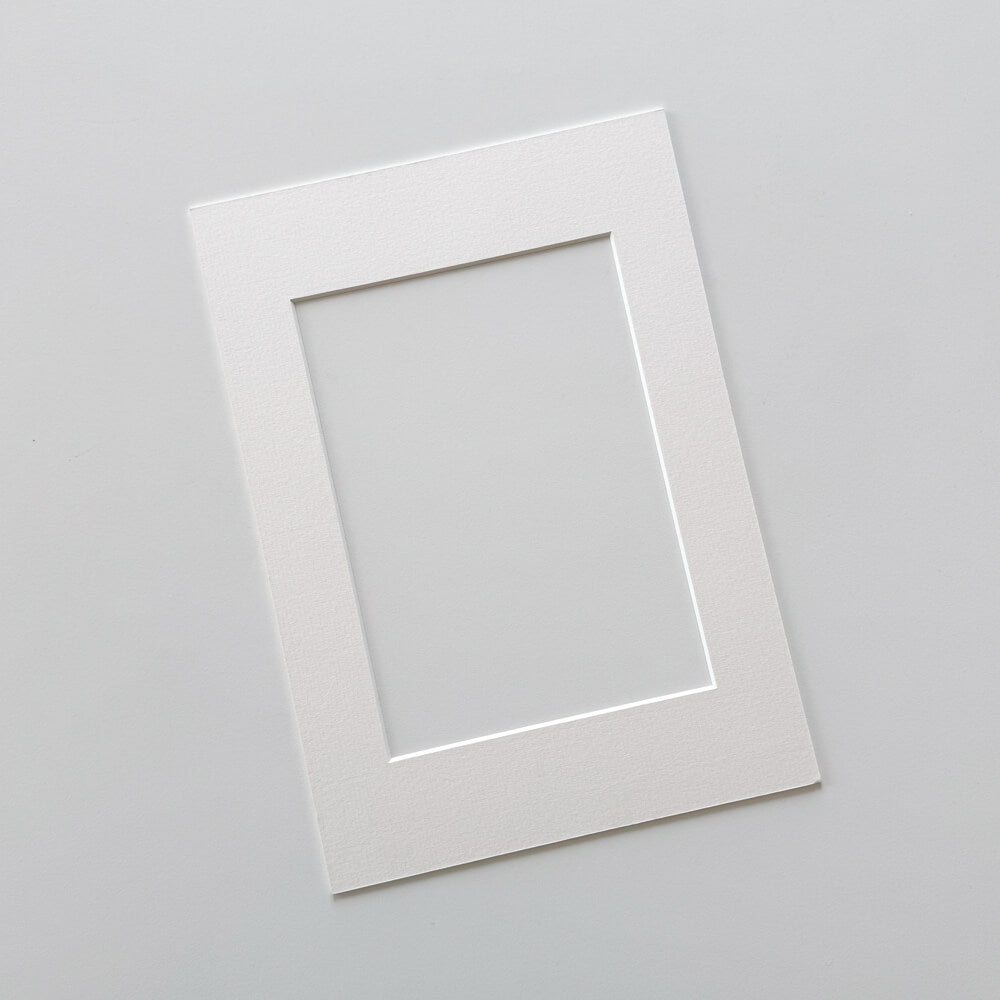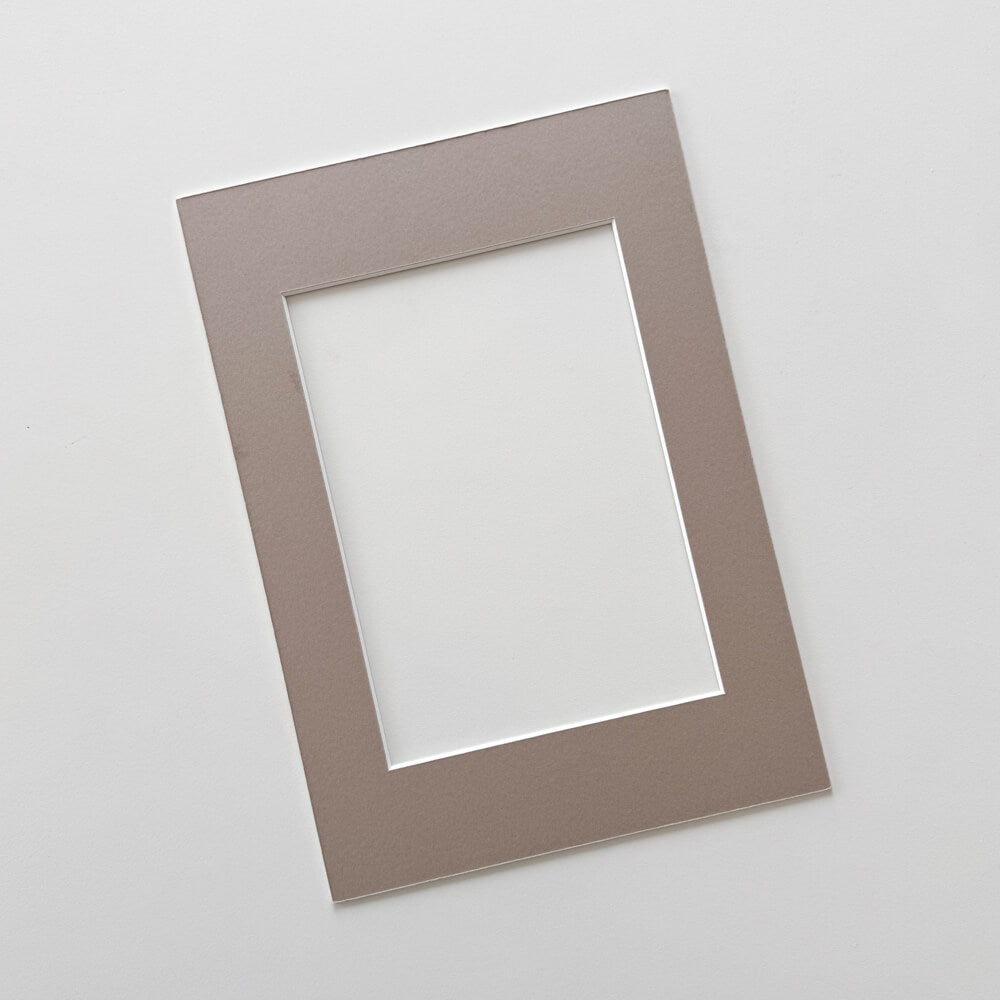
Origin of the word
Passepartout
Passepartout comes from the French word passe-partout, which means "fits everything". A passepartout is a piece of cardboard that is cut out in the middle at a 45 degree angle so that the cutout does not cast shadows on the image. We use 1.5 mm acid-free cardboard for our passepartouts.

Passepartout gives
Opportunities
The passepartout is placed in your frame between the picture and the glass, giving you a creative tool to change the look of your poster. A passepartout serves two purposes: firstly, to prevent the glass from touching the image, which may be necessary when framing fragile art, and secondly, a passepartout helps to enhance the visual expression of the overall work.
When you buy a passepartout from PlakatKunst - with or without a frame - you should usually specify a hole size that is 1 cm smaller than the picture you want to frame. Eg 36x38 to 37x39 cm poster. In this way, the poster can be attached to the back of the passepartout with, for example, tape, which should be acid-free to protect the image as best as possible.
However, it can also be nice with a 1 cm larger hole size, which requires you to attach your image firmly to an insert paper, which will then be visible between the image and the passepartout.






















